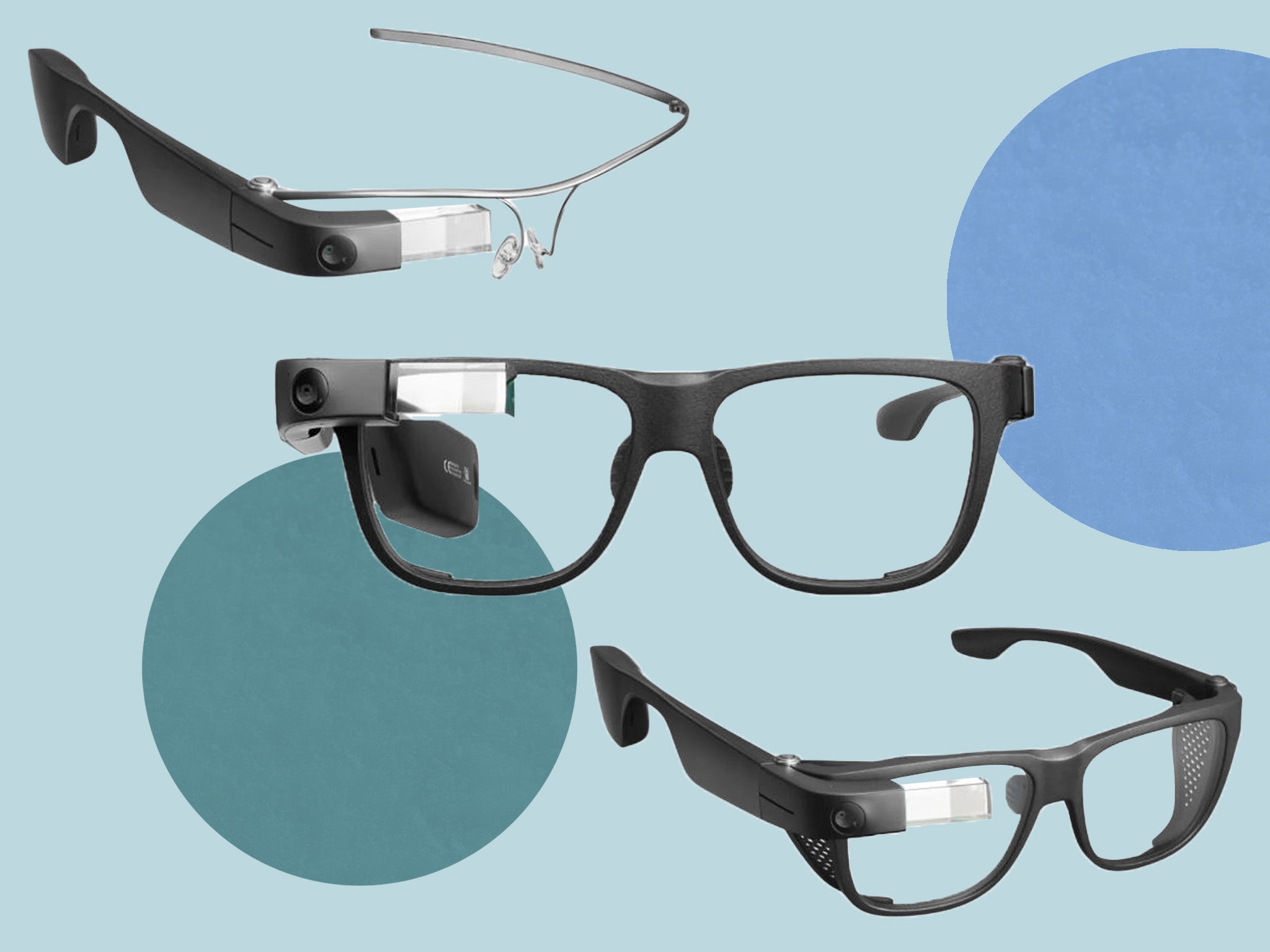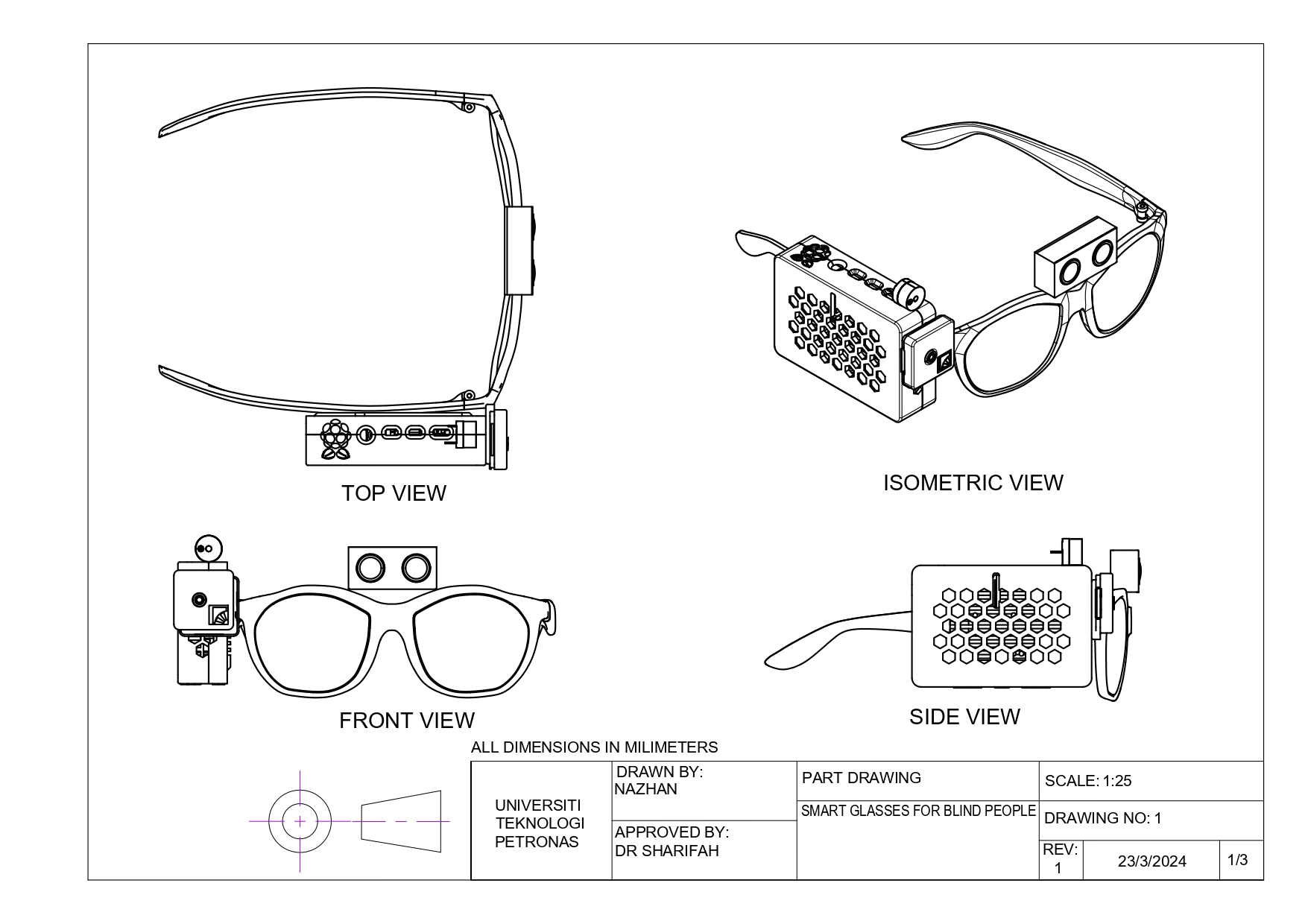AI-Powered Visual Aids: The Next Step in Assistive Technology for the Blind
AI-Powered Visual Aids: The Next Step in Assistive Technology for the Blind
Blog Article
Discover Advanced Assistive Instruments for People With Aesthetic Disabilities
The landscape of assistive modern technology for individuals with visual problems is evolving rapidly, providing a series of cutting-edge tools that improve autonomy and engagement (Braille displays and notetakers). From wise glasses that flawlessly combine visual input with auditory assistance to advanced navigation applications that redefine spatial awareness, these devices are reshaping opportunities. In addition, the most recent improvements in Braille modern technology and voice-activated systems dramatically add to access. Nevertheless, the ramifications of these advancements prolong much beyond mere performance; they challenge traditional understandings of special needs and self-reliance. What might this suggest for the future of addition and support?
Smart Glasses Innovations
Smart glasses represent a considerable development in assistive modern technology for people with visual problems. Furnished with cams and sensors, smart glasses can catch real-time visual info, which is then refined and conveyed to the individual via audio responses or haptic feelings.
In addition, advancements in synthetic intelligence have additionally boosted the capabilities of smart glasses. Maker discovering formulas can identify faces, read text, and recognize items, making them vital devices for everyday tasks. Users can obtain auditory signs that supply context concerning their setting, cultivating freedom and self-confidence.
Additionally, the ergonomic style and lightweight nature of numerous clever glasses make them ideal for long term use, ensuring convenience while enhancing capability. As these devices proceed to develop, they hold the potential to reinvent the way people with visual problems experience their every day lives, linking the gap in between availability and technology. The recurring r & d in this area pledge to expand the possibilities for clever glasses, making them an essential element of contemporary assistive gadgets.
Navigation Application and Devices
Numerous navigating apps and tools have become necessary sources for people with aesthetic problems, dramatically enhancing their capacity to pass through strange environments. These technologies take advantage of GPS capability, audio hints, and real-time data to offer users with accurate navigation help.
One noticeable example is the Aira application, which connects customers to qualified agents that can supply aesthetic descriptions of surroundings and navigation advice via a live video clip feed. This solution enhances the customer's spatial awareness and confidence while browsing. Another notable device is Seeing Eye GPS, which uses voice-guided navigating and sights, allowing individuals to access important details regarding their environments.

As technology remains to advance, the advancement of extra advanced navigating tools assures to further encourage individuals with aesthetic disabilities, helping with seamless mobility and combination into varied atmospheres. Such innovations contribute in advertising a more inclusive society.
Braille Modern Technology Developments
Over the last few years, advancements in Braille innovation have actually considerably transformed just how people with visual disabilities accessibility info and engage with the globe around them. The advancement of mobile Braille screens has reinvented analysis by allowing customers to attach wirelessly to tablets, smart devices, and computers. These tools convert message right into Braille in real-time, making it possible for smooth interaction with digital content.
Moreover, innovative Braille printers have actually emerged, improving the manufacturing of responsive products. Modern embossers are quicker and much more effective, allowing for the fast production of Braille files and academic products. This effectiveness reduces the time and price associated with producing Braille sources, making them a lot more accessible to companies and institutions.
Furthermore, the integration of Braille with various other technologies, such as man-made knowledge and artificial intelligence, has opened brand-new methods for personalized discovering experiences. Voice acknowledgment and synthesis modern technologies can match Braille, supplying a comprehensive strategy to details dissemination.
As the demand for comprehensive education and office settings grows, these technical improvements play a critical function in encouraging individuals with aesthetic impairments, guaranteeing they have equivalent access to details and chances in numerous aspects of life.
Wearable Gadgets for Self-reliance
An expanding variety of wearable gadgets is boosting self-reliance for people with aesthetic impairments, providing innovative solutions that enhance navigating and day-to-day living. Braille displays and notetakers. These gadgets make use of advanced technologies to supply real-time feedback and assistance, advertising freedom in different settings

Wearable technology also includes smartwatches that can be configured with accessibility functions, allowing individuals to obtain notices, track their places, or perhaps call for help with the touch of a switch. Additionally, some tools include artificial intelligence to evaluate the atmosphere, offering audio descriptions of nearby objects or people.
Voice-Activated Assistive Solutions
Leveraging voice-activated assistive solutions has actually changed the landscape of support for individuals with visual impairments, offering hands-free interaction and access to a variety of tasks. These modern technologies make use of natural language handling and synthetic knowledge to allow customers to do everyday activities through simple voice commands.

Moreover, current improvements in voice recognition accuracy have enhanced the customer experience considerably, accommodating varied accents and speech patterns. This inclusivity guarantees that more people can gain from these modern technologies, cultivating a greater sense of autonomy.
Verdict
To conclude, my sources the development of innovative assistive gadgets considerably boosts the freedom and top quality of life for individuals with visual problems. Developments such as clever glasses, navigation apps, Braille modern technology, wearable gadgets, and voice-activated remedies collectively foster a more comprehensive environment. These technologies encourage individuals to navigate their environments with self-confidence and engage more totally with the world, eventually advertising higher ease of access and level playing fields for people dealing with visual obstacles.
The landscape of assistive modern technology for people with aesthetic disabilities is advancing swiftly, presenting an array of innovative tools that improve autonomy and engagement.Smart glasses represent a substantial innovation in assistive modern technology for individuals with visual problems. As these tools continue to develop, they hold the prospective to transform the means people with aesthetic problems experience their day-to-day lives, bridging the void in between accessibility and technology.In recent years, innovations in Braille technology have substantially changed how individuals with aesthetic disabilities gain access to info and involve with the world around them. These innovations equip customers to browse their surroundings with confidence and involve more totally with the globe, ultimately advertising greater accessibility and equal chances for individuals dealing with optometry services aesthetic challenges.
Report this page